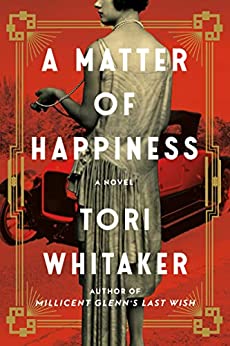 A Matter of Happiness by Tori Whitaker
A Matter of Happiness by Tori Whitaker Format: eARC
Source: supplied by publisher via NetGalley
Formats available: paperback, ebook, audiobook
Genres: Chick Lit, historical fiction, women's fiction
Pages: 364
Published by Lake Union Publishing on November 8, 2022
Purchasing Info: Author's Website, Publisher's Website, Amazon, Barnes & Noble, Bookshop.org, Better World Books
Goodreads
A cherished heirloom opens up a century of secrets in a bittersweet novel about family, hard truths, and self-discovery by the author of Millicent Glenn’s Last Wish.
Melanie Barnett thinks she has it all together. With an ex-fiancé and a pending promotion at a Kentucky bourbon distillery, Melanie has figured out that love and career don’t mix. Until she makes a discovery while cleaning her Jordan MX car, a scarlet-red symbol of the Jazz Age’s independent women that she inherited from her great-great-great-aunt Violet. Its secret compartment holds Violet’s weathered journal—within it an intriguing message: Take from this story what you will, Melanie, and you can bury the rest. Melanie wonders what more there is to learn from Violet’s past.
In 1921 Violet Bond defers to no one. Hers is a life of adventure in Detroit, the hub of the motorcar boom and the fastest growing city in America. But in an era of speakeasies, financial windfalls, free-spirited friends, and unexpected romance, it’s easy to spin out of control.
Now, as Melanie’s own world takes unexpected turns, her life and Violet’s life intersect. Generations apart, they’re coming into their own and questioning what modern womanhood—and happiness—really means.
My Review:
Melanie Barnett and her ‘Great Aunt Grape’ were simpatico in a way that Melanie and her judgmental, disapproving and disappointed mother were not. So it wasn’t at all surprising that the late and much lamented Violet Bond left her classic 1923 Jordan Playboy car to Melanie when she died.

1920 Jordon Playboy at Crawford Auto-Aviation Museum
What is surprising is the treasure trove of her personal papers and memories that Violet hid inside the car – just waiting for Melanie to check all the compartments and bring them to light.
As this story opens, Melanie is finally claiming that legacy, wishing that she had taken a look a whole lot earlier. But the time is now, and Melanie discovers the whole truth of Violet’s story just in time to help her decide the path she should take for her own.
In spite of her mother’s constant needling that Melanie’s choices are all the wrong ones. Inspired by Violet’s story, Melanie takes a good hard look at what she’s doing and where she’s going, and figures out that when it comes to the matter of her happiness the choices will have to be her own.
Just as Violet’s did. No matter what anyone else might think.
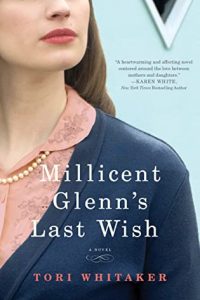 Escape Rating B+: I picked up A Matter of Happiness because I loved the author’s first book, Millicent Glenn’s Last Wish. I liked A Matter of Happiness quite a bit, but it didn’t quite match up to the first book, although I think that the nostalgia of its Cincinnati setting pulled a bit more at my personal heartstrings than this one did. But I think that’s a ‘me’ thing and not a commentary on either book. A Matter of Happiness was definitely worth the read.
Escape Rating B+: I picked up A Matter of Happiness because I loved the author’s first book, Millicent Glenn’s Last Wish. I liked A Matter of Happiness quite a bit, but it didn’t quite match up to the first book, although I think that the nostalgia of its Cincinnati setting pulled a bit more at my personal heartstrings than this one did. But I think that’s a ‘me’ thing and not a commentary on either book. A Matter of Happiness was definitely worth the read.
Like Millicent Glenn’s story, this one also exists in two time frames – but it is also told by two rather different people. Melanie’s story is set in pre-COVID 2018 (I have a feeling that authors are going to avoid the COVID years a LOT because they were just SO WEIRD). Melanie is at a bit of a crossroads in her life. The man she thought she’d marry thought that she would be happy to give up her career for his big promotion. But that promotion was taking him to Silicon Valley, and her career is in the Kentucky bourbon industry, which necessitates that she live, unsurprisingly, in her home state of Kentucky.
And now she’s sworn off men, devoting herself to her career, pursuing a promotion to management at the company she’s been working at for several years. She hopes that if she reaches a management position that her striving, seeking, disapproving mother will finally be proud of her.
But she’s found her great-aunt’s diary in the hidden compartments of that old car. A diary of Violet Bond in the 1920s, in her 20s, at a crossroads in her own life. Going off to Detroit to get a job in the burgeoning automobile industry, living on her own by her own wits and on her own wages, pursuing a career and swearing off men – albeit for different reasons than Melanie.
Melanie sees a bit of her own journey in her beloved great-aunt’s story. And we see a bit of our own in both of theirs. And in reading about the choices and the sacrifices that her aunt made in order to live the life she wanted, Melanie finds her own way forward.
Along with a secret that changes her perspective on how both she – and her mother – see their past and their places in a family they thought they knew.


 When the Angels Left the Old Country by
When the Angels Left the Old Country by 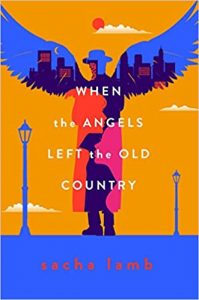 Escape Rating A+: In the foreword, the publisher claims that they’ve been referring to this book as the “queer lovechild of Philip Roth and Sholem Aleichem” – which is a lot to live up to. I think it read as
Escape Rating A+: In the foreword, the publisher claims that they’ve been referring to this book as the “queer lovechild of Philip Roth and Sholem Aleichem” – which is a lot to live up to. I think it read as 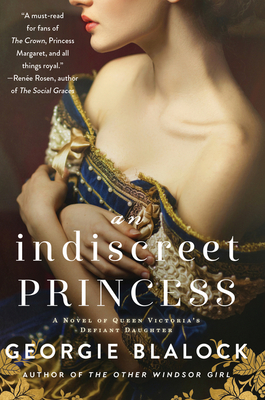 An Indiscreet Princess: A Novel of Queen Victoria's Defiant Daughter by
An Indiscreet Princess: A Novel of Queen Victoria's Defiant Daughter by 
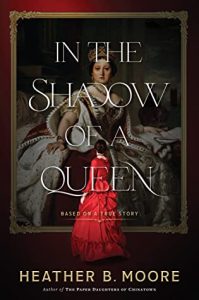 Escape Rating B: Both
Escape Rating B: Both 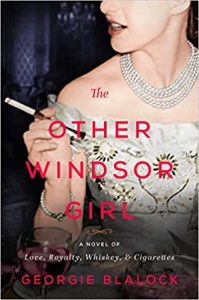 All of which is a very different reaction than I had to the author’s previous book about one of the royal family’s other notorious scapegraces,
All of which is a very different reaction than I had to the author’s previous book about one of the royal family’s other notorious scapegraces, 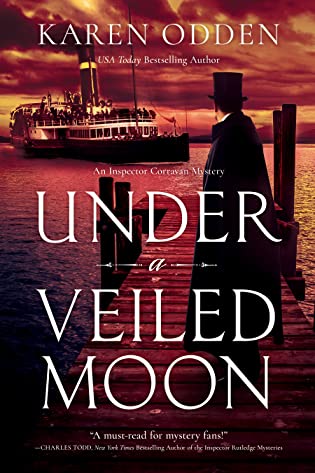 Under a Veiled Moon (Inspector Corravan #2) by
Under a Veiled Moon (Inspector Corravan #2) by 
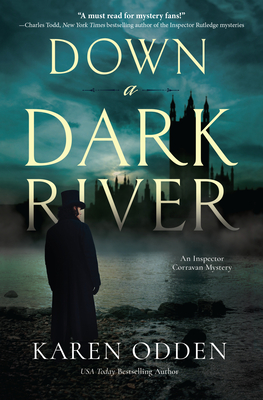 Escape Rating A+: I think that Under a Veiled Moon is an even better story, both as historical fiction and as mystery, than the first book in the series,
Escape Rating A+: I think that Under a Veiled Moon is an even better story, both as historical fiction and as mystery, than the first book in the series, 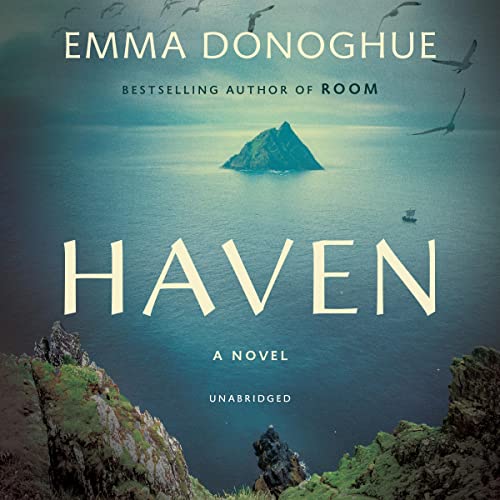 Haven by
Haven by 
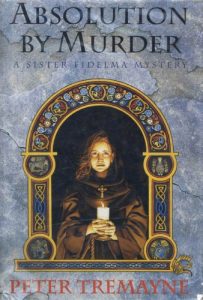 And if someone is interested in historical fiction about this time period in Ireland in general and the Catholic Church in Ireland at this period in particular, I’d recommend the
And if someone is interested in historical fiction about this time period in Ireland in general and the Catholic Church in Ireland at this period in particular, I’d recommend the 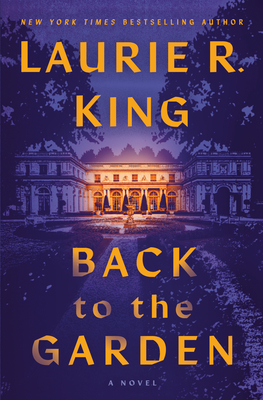 Back to the Garden by
Back to the Garden by  Escape Rating B+: I pickled this because I adore the author’s
Escape Rating B+: I pickled this because I adore the author’s 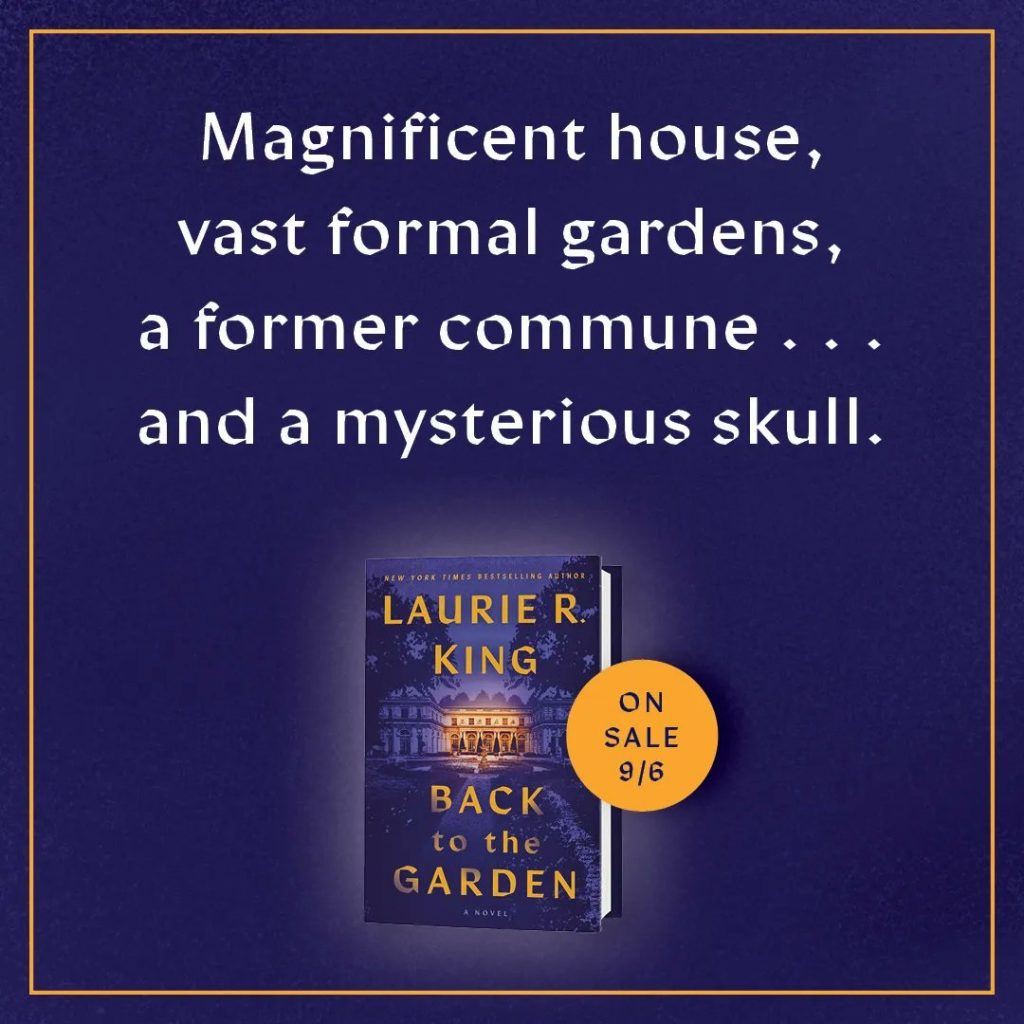
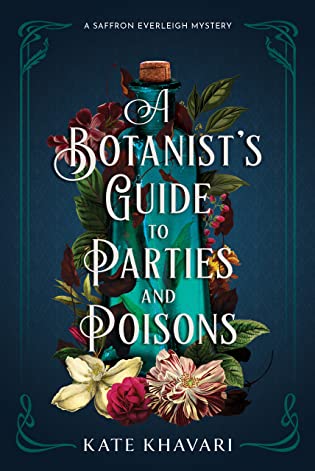 A Botanist's Guide to Parties and Poisons (Saffron Everleigh Mystery #1) by
A Botanist's Guide to Parties and Poisons (Saffron Everleigh Mystery #1) by 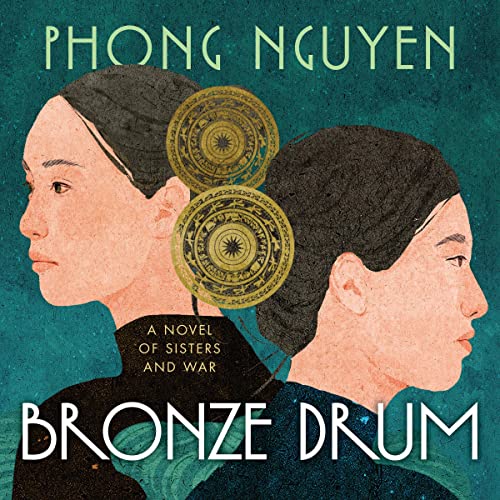 Bronze Drum: A Novel of Sisters and War by
Bronze Drum: A Novel of Sisters and War by 
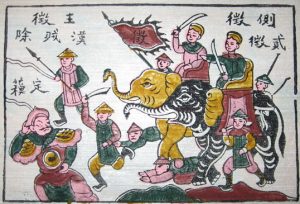
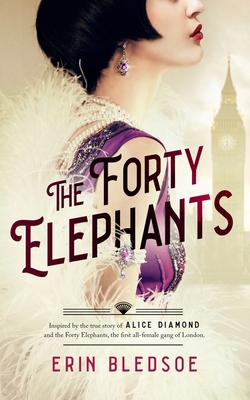 The Forty Elephants by
The Forty Elephants by 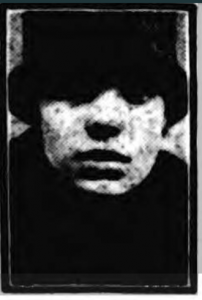
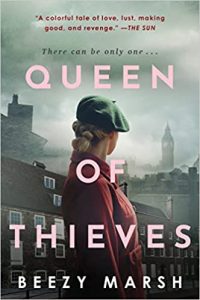 (Reading this has also sent me down lots of lovely internet rabbit holes, not just about the Forty Elephants but also about the TV series
(Reading this has also sent me down lots of lovely internet rabbit holes, not just about the Forty Elephants but also about the TV series 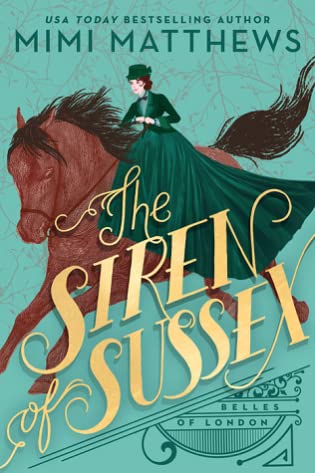 The Siren of Sussex (Belles of London, #1) by
The Siren of Sussex (Belles of London, #1) by 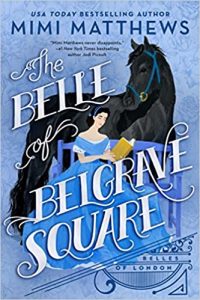 It may be that this just wasn’t what I was in the mood for. Because it is lovely and charming and just didn’t move me the way I expected it to. Although it did find the historical underpinnings – no pun intended – absolutely fascinating.
It may be that this just wasn’t what I was in the mood for. Because it is lovely and charming and just didn’t move me the way I expected it to. Although it did find the historical underpinnings – no pun intended – absolutely fascinating.